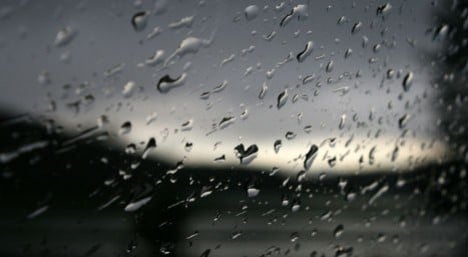Fire services were called out to 320 operations in twelve hours on late Monday night and early Tuesday morning.
Fire service spokesperson Franz Resperger told the ORF that “storms had dramatically increased in the region” and “in an intensity not seen before”.
Much of the fire services operations were focused on pumping out water from streets, cellars and other property.
“The big pump can pump out hundred thousand litres in an hour,” said Resperger. “Much money was invested here but as you can see in this current example it is for the benefit of the population. With a big team, the fire service can achieve much in just a few hours.”
He added that the fire service had invested in the expensive equipment after it was forecast years ago by meteorologists that the region would be hit by extreme weather.
More severe weather on the way
Weather services have warned that the whole of Austria could face further storms – some severe – and hail today.
The eastern and south-eastern regions will likely stay sunny the longest, with temperatures ranging across Austria from 17 to 30 degrees Celsius.




 Please whitelist us to continue reading.
Please whitelist us to continue reading.
Member comments